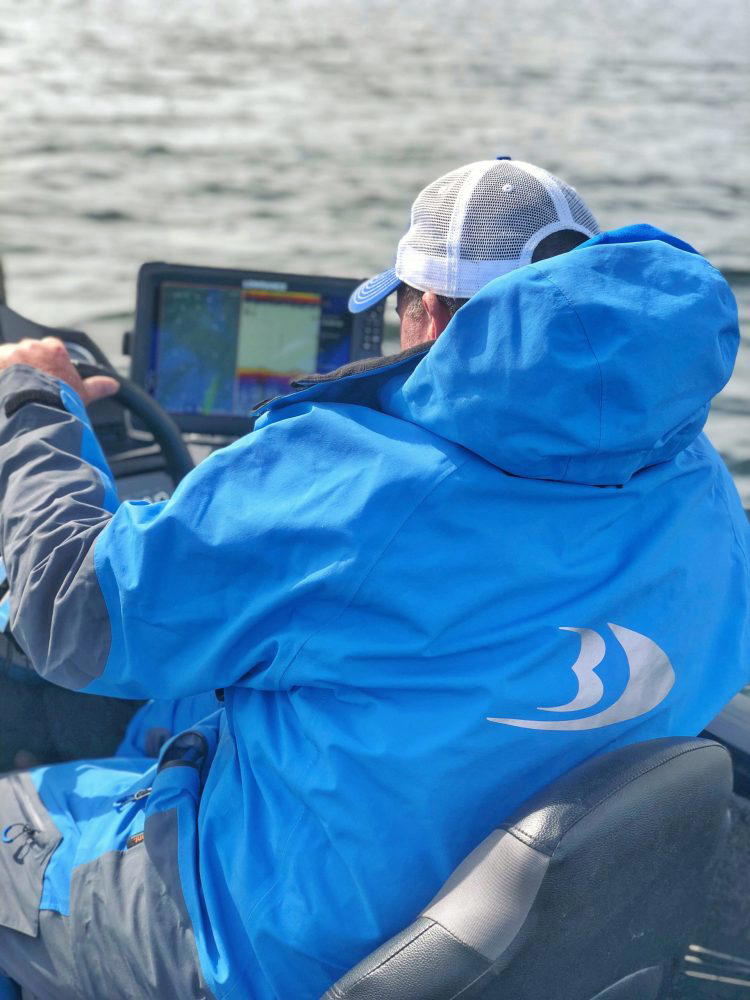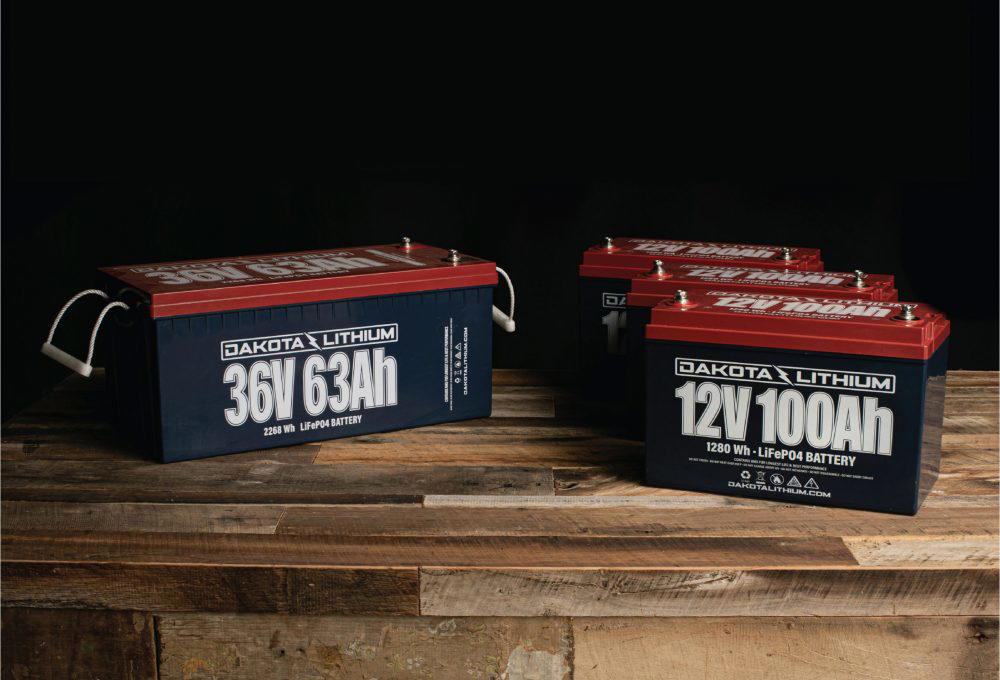
15% OFF – CODE: POWERFOR2025 – EXPIRES: 1/6/25


Walleye Fishing Continues to Evolve with New Technology
Always been kind of an old school guy when it comes to fishing. I suppose many people can relate but when I started fishing, we didn’t have GPS or cell phones. Trolling motors were twelve volt and outboard motors were all two-stroke. If you didn’t have to mix the gas with oil and if you had a built-in fuel tank…. You were living large. I can still remember when I got my first boat with a live well. As a young man, I latched on to anything that was new. Any little advantage I could find to help me catch more fish. What is strange is that as I have gotten older, it is much easier to get stuck in my ways because my old ways worked well.
It feels like I work twice as hard today to keep up with technology and learn how to use it to help me catch more fish. In some ways, I feel like I am caught between the two worlds. If I need to, I can line up shoreline markers and find a location without GPS on a lake I am familiar with. I can still back troll with a drift sock and keep my boat parked on a tight location all day. Can do a lot of things the way we used to do it. I also know that some of the new stuff is a big advantage however so I try to keep up with the times.
I also sometimes resent all the new stuff. People that have never fished can now buy a map chip and know an awful lot about a lake. People that can barely unload or load their boat at the boat ramp can now hold a boat on a specific piece of structure all day. People still need learn how to use their equipment but it sure is easier and the learning curve is much faster. There are way more good anglers on the water today. The bottom line is that I need to work just as hard today as I did when I was twenty years old just to try to stay ahead of the curve.
The new electronics today combined with tighter spot lock features on trolling motors have really shaped and redefined walleye fishing over the past few years. Anchoring used to be an art. Know exactly what type of anchor to use… knowing exactly how much line to let out and where to drop the anchor so that you could park over a specific piece of structure. The first spot lock capabilities on trolling motors were a bit sloppy but they have tightened up dramatically and it is now to the point where I can pin myself in an exact location all day in big winds or strong current and fish with presentations like slip bobbers.
The whole key however is having the battery power to get through the day. Even with the thirty-six volt trolling motor systems, it was sometimes difficult to spot lock in big waves all day until we started using lithium batteries. Started running Dakota Lithium Batteries a few seasons back and have been running them ever since because I know I won’t run the batteries down. In fact, I can go a few days in terribly rough conditions and have never been able to run the batteries down. That piece of mind gives me the confidence because once you begin relying on some of this stuff… it is tough when you lose it. Kind of like good GPS mapping, once you have it you don’t want to fish without it.
I use spot lock a lot but it really shines right now in the fall when we are fishing deep isolated rock structure. Depending on the day or location, we might be using Live Sight or Active Target to pitch glide baits. Favorites for many anglers include the Jigging Raps, Flat Raps, Tikka Minos, Hyper Glides and Shiver Minnows. This style of fishing is often a spot on the spot where you are positioning the boat so you can hit a specific series of boulders with a cast or we are using our electronics to specifically cast to a fish or pod of fish. Very precise fishing where you are pinned down next to fish or over the top of a specific piece of structure where you expect fish to move through.

Finding the sweet spots with rock often means using side imaging to identify specific boulders or parts of the rock pile where there are transitions or edges. My favorite edge is simply right next to big boulders where large boulders are next to smaller rocks. If there is an edge between big rocks and small rocks or an edge next to deeper water, that is often the sweet spot. Fish can often be difficult to identify in rocks on side imaging but the active fish will often show up when you drop down your Active Target Transducer.
Perhaps the biggest advantage of this fishing style is that your casts are very pointed. You are casting to fish and not casting blind. If there is a disadvantage at times, you spend a lot more time scanning and looking. The fishing becomes slowed down and more methodical which shines when you are on fish but can work against you when you are not on fish. An aspect of this technology that has really opened my eyes and made me understand fish better is just how fast fish move. When fish are active and move through a location, they often are moving faster than I can walk.
What also has been eye opening is how far fish will travel at times to hit a lure. This information has really help me find the right colors or profiles and sometimes even the right jigging cadence. I used to envision that the right color sealed the deal when a fish was right next to the bait but I am realizing that the right color is often about getting seen from far enough away to trigger an acceleration where the fish comes to investigate from further away. If you can do enough things right where some fish are traveling more than twenty feet to hit your lure, you are essentially fishing more water and contacting more fish.
Another eye-opening phenomenon is just how far fish will follow the lure. Some fish are clearly interested and simply chase the lure, turning around the lure and just can’t find the right opportunity to eat or the fish simply miss the lure. Many fish will hit the lure right below the boat after following for a considerable distance. In fact, if you are spot locked on a location and casting glide baits around the boat, you will accumulate fish below the boat as times goes on. A good one-two punch where you can use multiple lines is to simply set a slip bobber next to the boat or hang a chub or sucker minnow over the side.
Now we could back troll these locations in the past and of course we could anchor but anchoring in thirty feet of water in big winds and keeping your boat parked over a location the size of a two-car garage was extremely difficult. Spot lock in conjunction with the Dakota Lithium have opened a whole new world of fishing opportunities that shine during the fall.

Now here is a disclaimer. Don’t try this under a big bridge or under something overhead that blocks your GPS/ Satellite connection… you will find that you will have to go old school in a hurry.
You can fish without this new equipment and technology and we did so for years but there is no doubt that using these tools correctly can help you catch more and bigger fish. There is a learning curve with using this equipment. There is a learning curve with using glide baits. Some people don’t have confidence with this yet but I will tell you that if you can learn this tactic, you are going to catch fish. If there is one common mistake, I see with people trying to unsuccessfully catch walleye on glide baits, that mistake would be not fishing the baits aggressively enough. Snap the rod so hard you can hear it and let the lure glide back towards bottom on a slack line. Many fish will pin the lure on the bottom so each time you snap the rod could be a potential hook set and hook up. Try to work from shallow to deep so that the bait is dropping down into deeper water on your retrieve and you will get way fewer snags.
This overall pattern really starts to happen come mid-summer on many lakes and reservoirs and only seems to get better as we get into the fall.
About the author: Jason Mitchell was a full time guide on North Dakota’s Devils Lake for several years and now produces the outdoor television show, Jason Mitchell Outdoors which has had some of the highest raw Nielsen ratings on Bally Sports North for outdoor programming. JMO reaches nearly six million households a week. In 2016, Jason Mitchell was inducted into the North Dakota Fishing Hall of Fame and is credited with developing and pioneering many walleye and ice fishing products over his career. www.jasonmitchelloutdoors.com